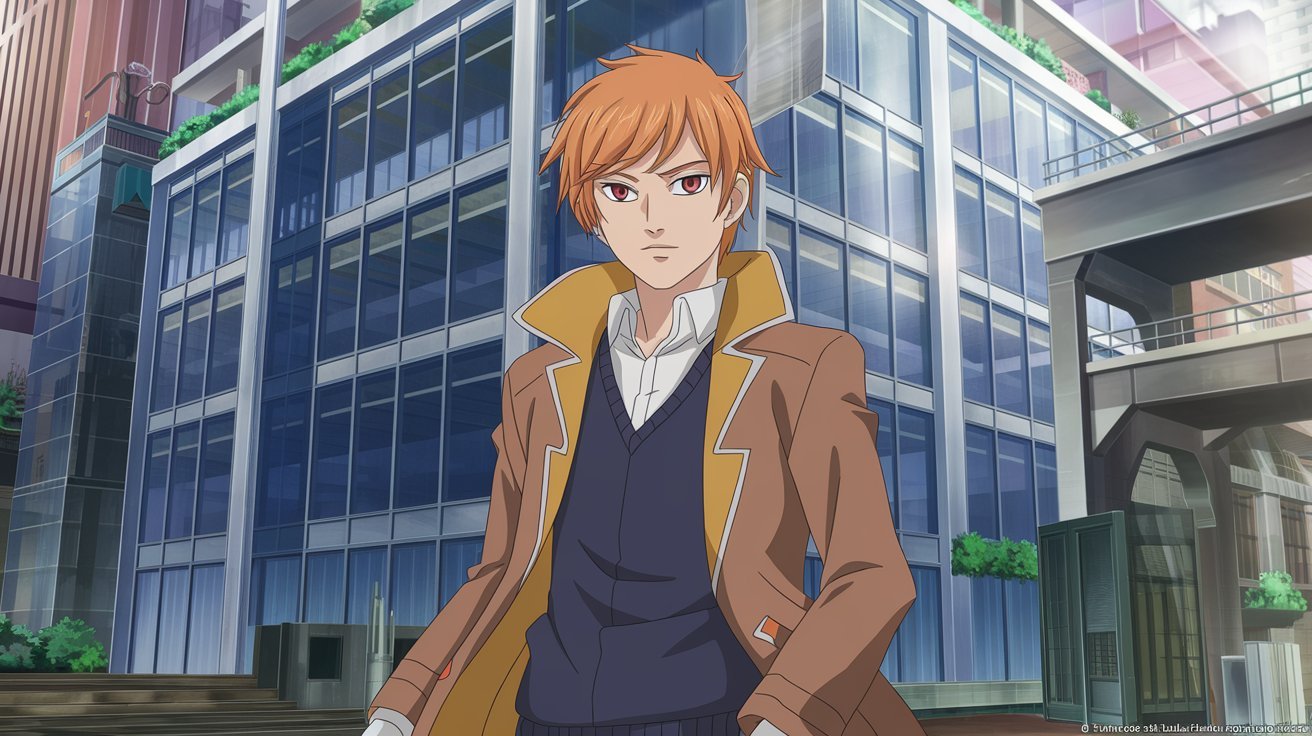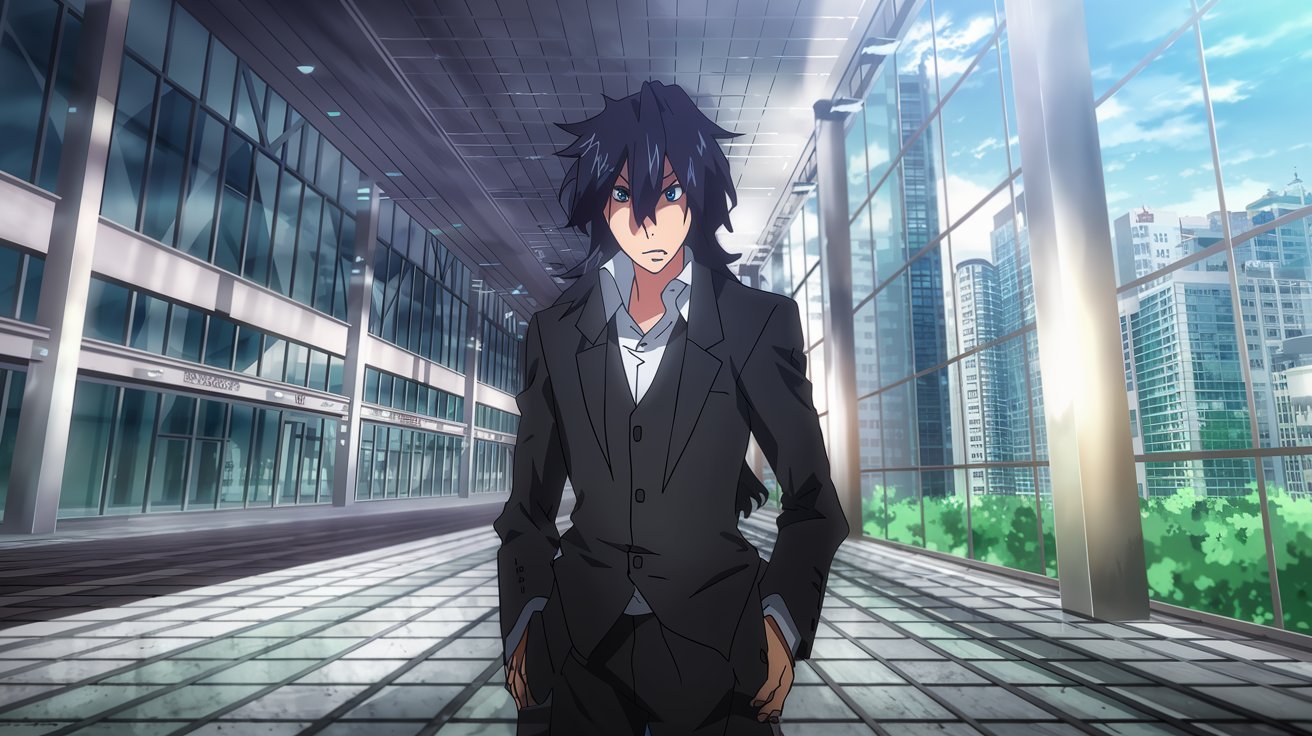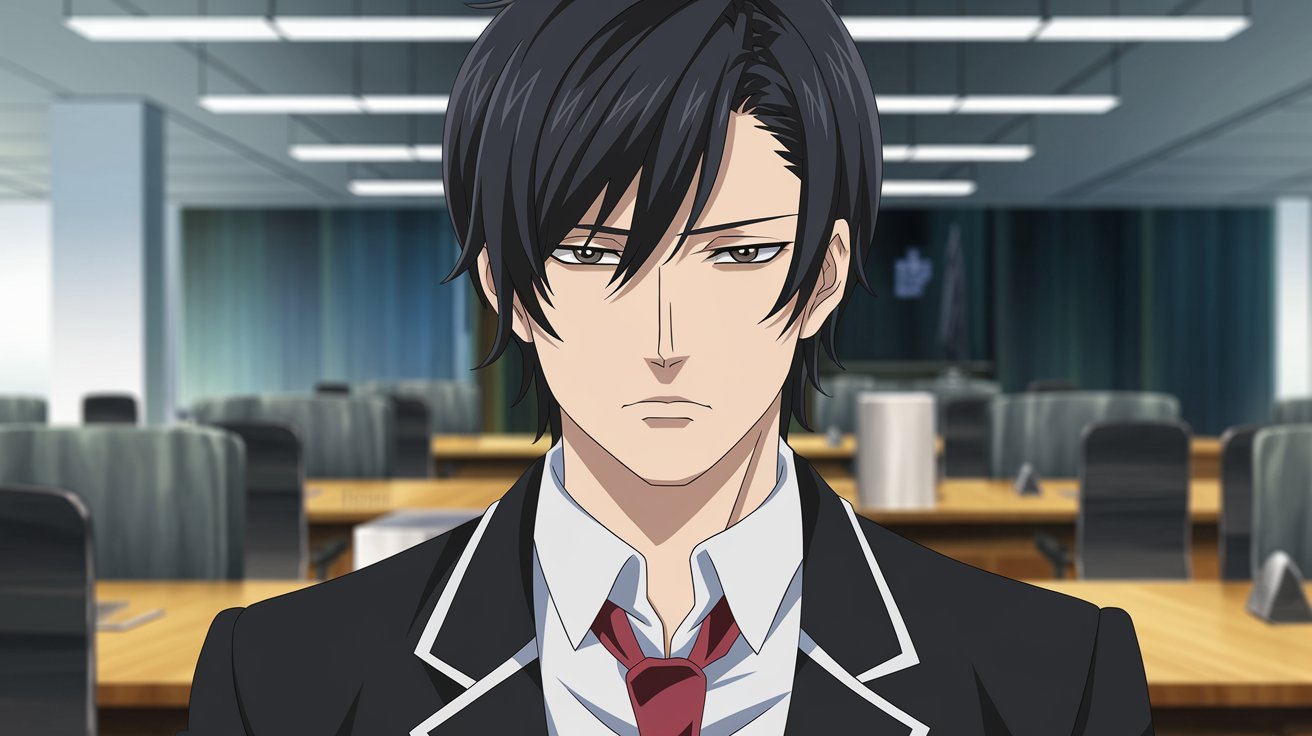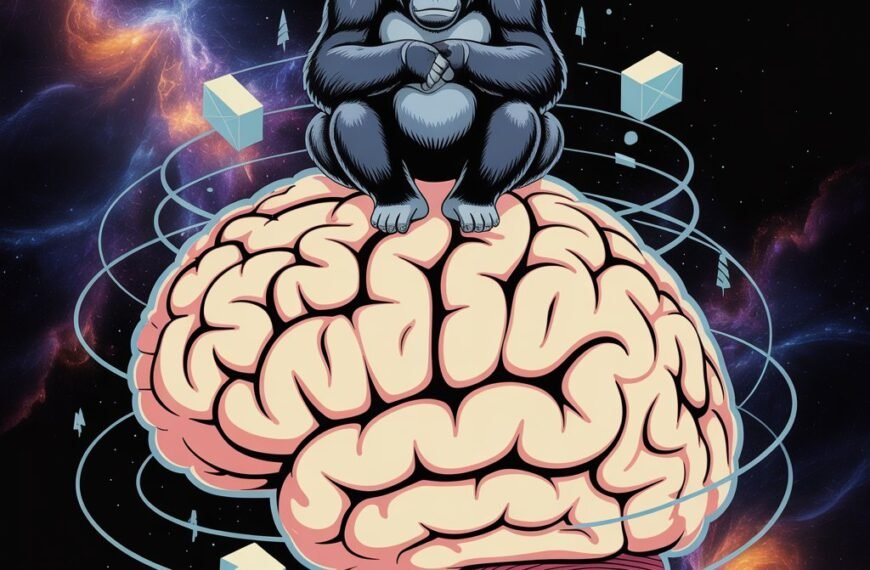Introduction
A person’s mind consists of a rich tapestry of feelings and thoughts that intertwine with each other, creating contradictions. Sankaka Complex is on the rise as one of the many theories trying to explain human behavior. Although not accepted in academic circles, the components put forth by introspection, emotional upheaval, and existential questioning evoke a good portion of the population. Such is the case because the current speed of life due to advanced digital means of communication paired with globalization makes it indispensable to research the ‘Sankaka Complex’ for a deeper understanding of emotional well-being and self-awareness.
Psychologically and culturally, we will tackle the deeply rooted Sankaka Complex so as to teach you how to identify it and balance its creative forces.
Understanding the Sankaka Complex
Definition and Evolution
Struggling to find oneself leads to an internal paradox, and emotional turmoil often causes the behavior in Sankaku Complex.
While consisting of self-reflection, internal dialogues, and emotional turbulence along with sociable and interpersonal constructs, it evolves differently within people on an individual basis.
Origins in Eastern Philosophy
It denotes profound contemplation. Ancient scholars, along with monks, appreciated deep thinking; modern considerations, however, suggest an inner conflict between awareness and existence, which leads to stagnation.
Sankaka Complex in Modern Psychology
Modern-day psychology notes that parts of the it share features with cognitive relations of overthinking, rumination, and social anxiety. Nevertheless, its distinct taste is found in the uniquely metaphysical traversing of each thought—a quest for truth and significance.
The Psychological Core of Sankaka Complex
Introspection and Overthinking
While self-analysis is important for growth, too much introspection can be detrimental, especially in the case of the it. This is where a person can become so fixated on examining their reason for feeling or doing something that they enter what is commonly referred to as ‘analysis paralysis.’
Emotional Turmoil and Identity Crisis
Caught in the middle of oppositional wants and ideals, those with a Sankaku Complex often go through emotional roller coasters. This can result in the individual questioning their self and experiencing an identity crisis, which leads to a lack of consistency in how they see themselves and their functions in life.
Sankaka Complex and Interpersonal Relationships
Communication Challenges
One of the defining features of the Sankaka Complex is the inability to communicate feelings clearly. Given how internalized the thoughts are, expression becomes virtually impossible. The combination of being afraid to show one’s vulnerability and being misinterpreted leads to limited, guarded conversation, which complicates personal and professional relationships.
Social Withdrawal and Isolation
Externally, people suffering from a Sankaka Complex may tend to keep to themselves, but internally, they are continuously consumed by a never-ending conversation. Analyzing every trivial scenario or interaction can be mentally exhausting, which makes them prefer staying alone. Yet, this self-imposed isolation often makes them feel more lonely, thereby deepening the very emotional distress they hope to avoid.
Fear of Misinterpretation
Worrying about being judged accurately or inaccurately is yet another hurdle that poses a serious concern. Any action, such as a word spoken, an eye movement, or a gesture made, can be analyzed, leading to self-skepticism, which more often than not leads to social withdrawal.

Manifestations of the Sankaka Complex
Decision Paralysis
Even the simplest of choices becomes overwhelming for some people. The fear of a worst-case scenario keeps someone ‘frozen’ in place, halting productivity, which in turn causes even more stress.
Overthinking in Everyday Life
Overthinking can be instigated by simple conversations, emails, or casual interactions. It is not only linked to events that are ‘big’; overthinking takes place in the simple polish of daily life as well.
Existential Dread and Meaninglessness
As with its deepest layer, the Sankaka Complex shows itself as existential horror—an all-consuming feeling of void or meaninglessness and that one’s actions or activities in life are pointless. This darkness, if unmanaged properly, can manifest into depressive episodes.
The Cultural Impact of Sankaka Complex
Sankaka Complex in Literature
Dostoevsky’s Notes from Underground and even Murakami’s surreal tales showcase how literature captures the plight of characters dealing with deep-seated inner turmoil. These narratives reflect the suffering of people who carry the weight of profound self-reflection and solitude.
Portrayal in Films and Anime
In anime, characters such as Shinji Ikari from Neon Genesis Evangelion encapsulate the Sankaka spirit—the blend of self-hatred, hope, and deep questioning. Eternal Sunshine of the Spotless Mind captures those battles internally, portraying them with exceptional beauty.
Reflection in Modern Music
The lonely feelings of self-doubt and meaninglessness captured by Radiohead and Mitski have a striking relatability to audience members exhibiting traits of it.
Sankaka Complex in the Digital Era
Social Media and Self-Awareness
Strangely, platforms meant for social interaction tend to intensify solitude. Watching others showcase their lives in ‘highlight reels’ may trigger self-doubt and questioning for someone who already suffers from the Sankaka syndrome.
Internet Anonymity and Overthinking
Although anonymity permits greater expression, it also promotes overthinking one’s digital identity. Comments, likes, and replies become laden with hyperbolized meaning.
Online Communities and Echo Chambers
The internet comes with a mixture of comfort and threat. Specific online communities can give acceptance and sympathy; however, there is always danger, as those same online communities can become echo chambers that reaffirm harmful behaviors of self-reflection, isolation, or self-harm.
How Sankaka Complex Shapes Creative Expression
Artists and Writers with Sankaka Traits
Many disturbing creative sides have been turned into art. Virginia Woolf, Franz Kafka, and Sylvia Plath show how self-reflection can lead to immense creativity when wielded properly.
Case Studies in Manga and Anime
Serial Experiments Lain anime series contain characters grappling with self-awareness to extreme levels, which is consistent with traits of the it.
Philosophical Themes in Video Games
Exploration of existence is present in games such as Persona and Nier: Automata, as they engage the gamer with questions regarding self-identity along with purpose and meaning.
Coping Mechanisms for the Sankaka Complex
Mindfulness and Meditation
Clearing one’s inner dialogue can be done through mindfulness practices that assist in grounding someone to a particular moment in time. Non-judgmental awareness of thoughts through meditation assists in breaking the cycle of overanalyzing and overthinking.
Cognitive Behavioral Therapy (CBT)
Negative thought patterns can be changed using particular methods through CBT techniques. Mental pathways can be corrected by recognizing cognitive distortions such as catastrophizing or all-or-nothing thinking.
The Role of Journaling and Self-Reflection
Journaling enables the release of overwhelming thoughts and offers a way to track trends or patterns throughout the reflections. Triggers and themes become more easily identifiable through repeated instances of self-analysis.
Boundary Setting and Healthy Habits
Mental and emotional boundaries are extremely important. Engaging in hobbies that require complete focus cuts down the tendency to overthink, and strategizing designated “worry times” reduces the likelihood of excessive thinking.
Comparing Sankaka Complex with Similar Psychological Phenomena
Contrasts with Depression and Anxiety
Even though these aspects overlap in distressing emotions, depression usually comes with overwhelming sadness and lack of motivation, while the it is more saturated in awareness and internal self-talk.
Criticism and Misconceptions about Sankaka Complex
Is It Just Overthinking?
Some critics dismiss the Sankaka Complex as just an overthinking issue. Even though it contains critical emotional and social interplay with philosophy, its level of depth and existential essence really make it stand out.
Popular Misrepresentations
Popular culture tends to overly sympathize with characters suffering from deep self-reflection, ignoring the devastation it brings. Depicting the experiences of survivors of Sankaka in a nuanced and honest way is equally important.
The Danger of Romanticizing Complexes
Though there is value in celebrating art that stems from complex emotional struggles, romanticizing such internal agony makes it harder for people to seek the support they need and learn to cope in healthier ways.

The Future of Understanding Sankaka Complex
Potential for Academic Recognition
With the development of mental health research, the Sankaka Complex could receive some form of acknowledgment, which will allow more profound understanding and treatment.
Progress in Understanding Mental Health
The Sankaka Complex, along with other experiences, can have a validated explanation, especially in younger generations considering the rise of global mental health awareness.
Sankaka Complex in a Globalized World
In an intensively integrated world facing identity and belonging issues, the Sankaka Complex might arise as the distinct psychological phenomenon of this time.
FAQs about Sankaka Complex
What precisely is known as the it?
The Sankaka Complex captures a psychological condition that involves severe self-reflection, deep contemplation, and emotional stress and leads to problems such as overthinking, identity crisis, and anxiety concerning existence.
Is it considered a disorder?
This is not included in the list of bearing clinical records, such as the DSM-5. But it does possess a number of traits that are already established within the psychology framework.
What treatment can be given to the Sankaka Complex?
Although not considered a disorder type, its symptoms of anxiety and indecisiveness can be treated with other approaches such as therapy and restructuring the thinking patterns.
Is it true that the Sankaka Complex is common among creative people?
Most forms of creativity require a good deal of self-reflection, which makes artists and writers more vulnerable to experiences that resemble the Sankaka Complex.
In relation to current times, is the digital world the root cause of the problem?
Of course, as self-mediated stress, the never-ending rat race, topical online lives fictionalized by social media exacerbate periods related to complexity.
Also Read: Lulu May May Evony: The Ultimate Guide to a Legendary Gaming Icon
Conclusion: Embracing and Managing the Sankaka Complex
At its core, the Sankaka Complex is the heart-stirring—and sometimes painful—pursuit of humanity to seek purpose, value, and clarity. It is an energetic tension of being alone and needing to be with others. Every person has the power to change the burden of the Sankaka complex into growth, creativity, and tranquility by acknowledging its existence, embracing its teachings, and adopting healthy coping mechanisms.








